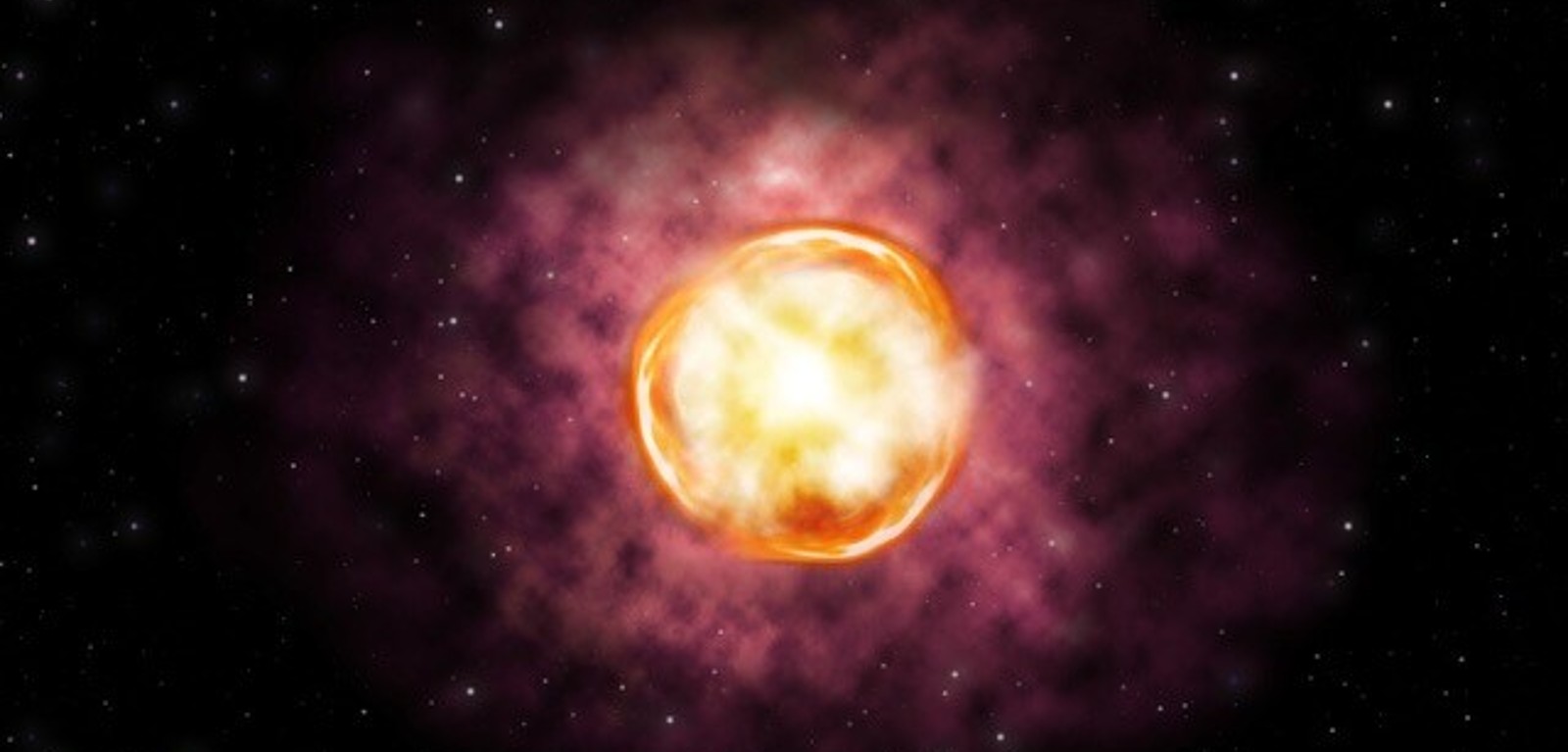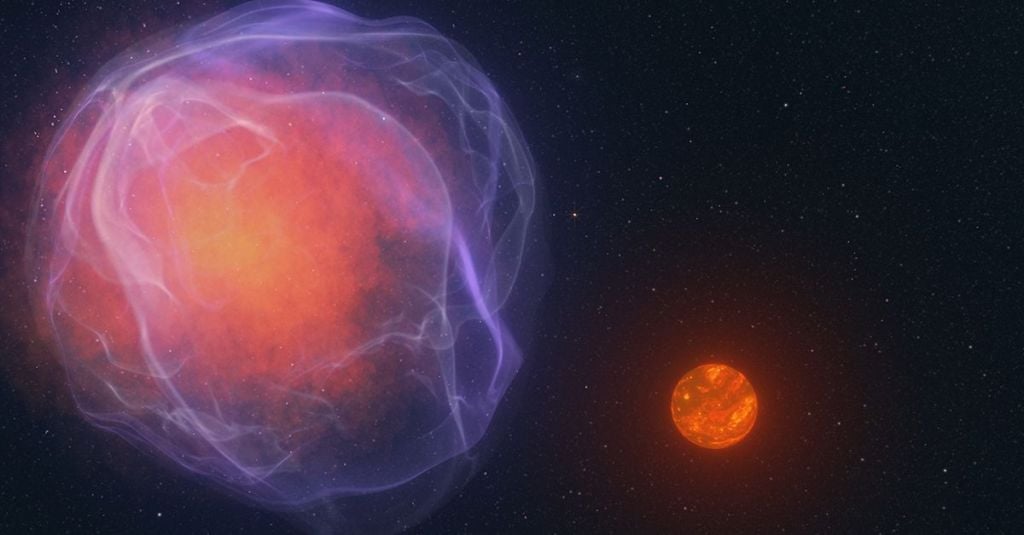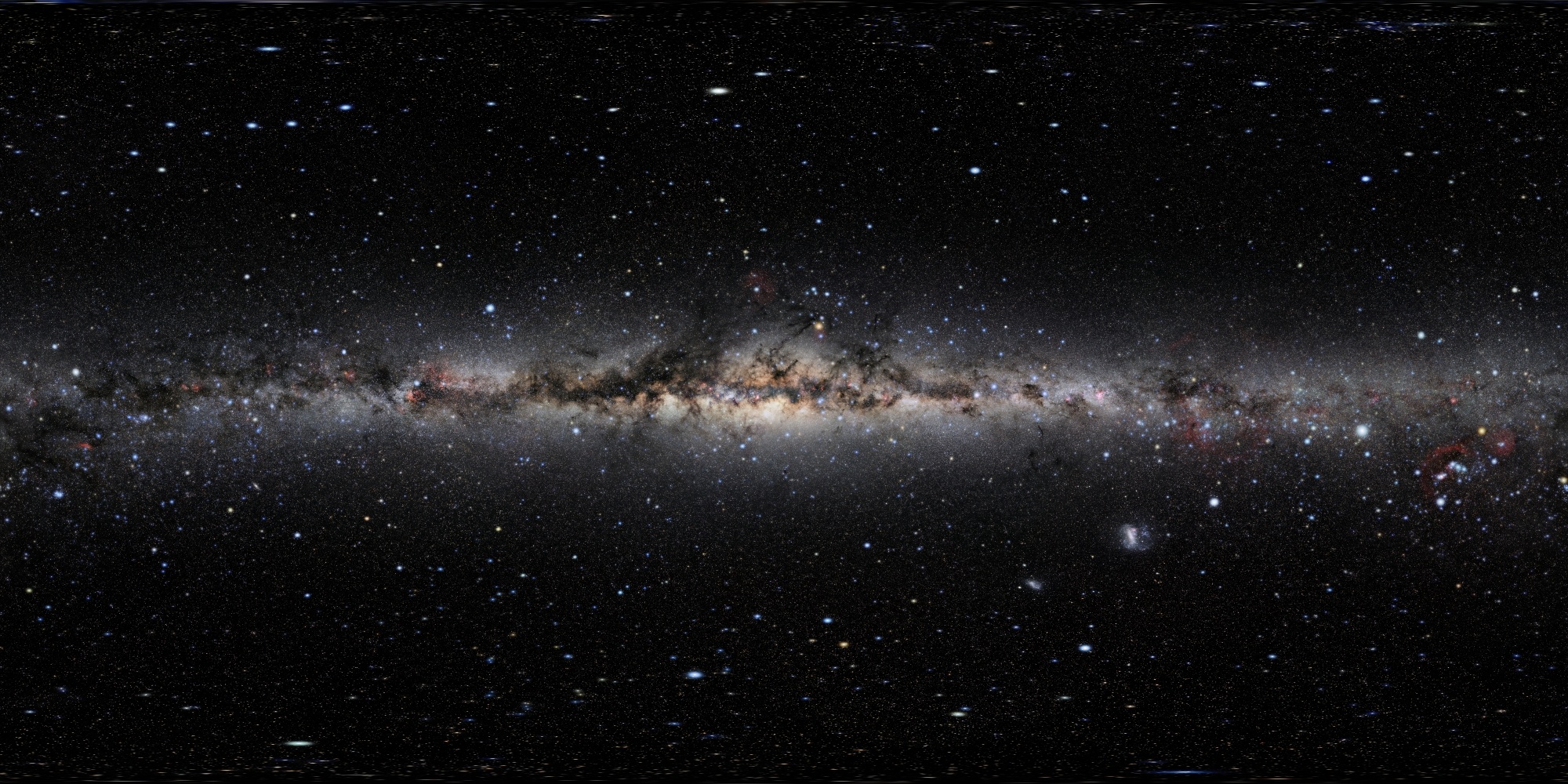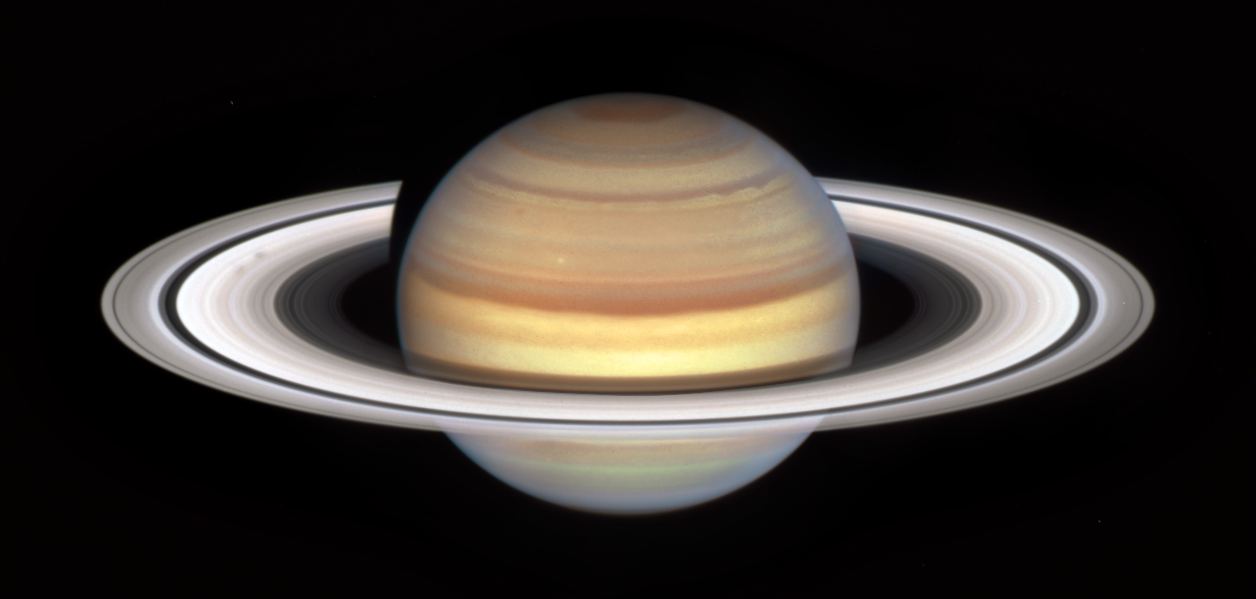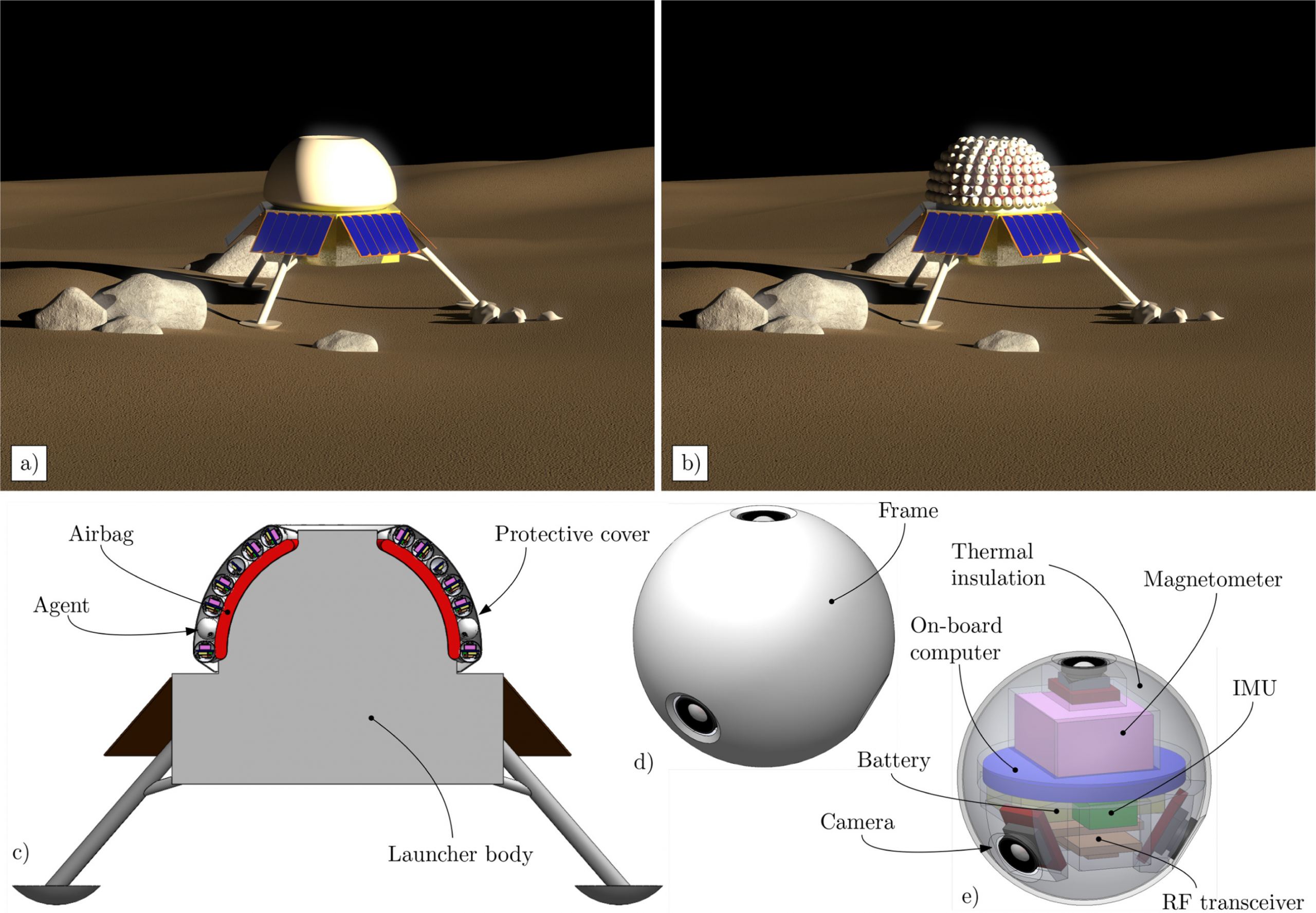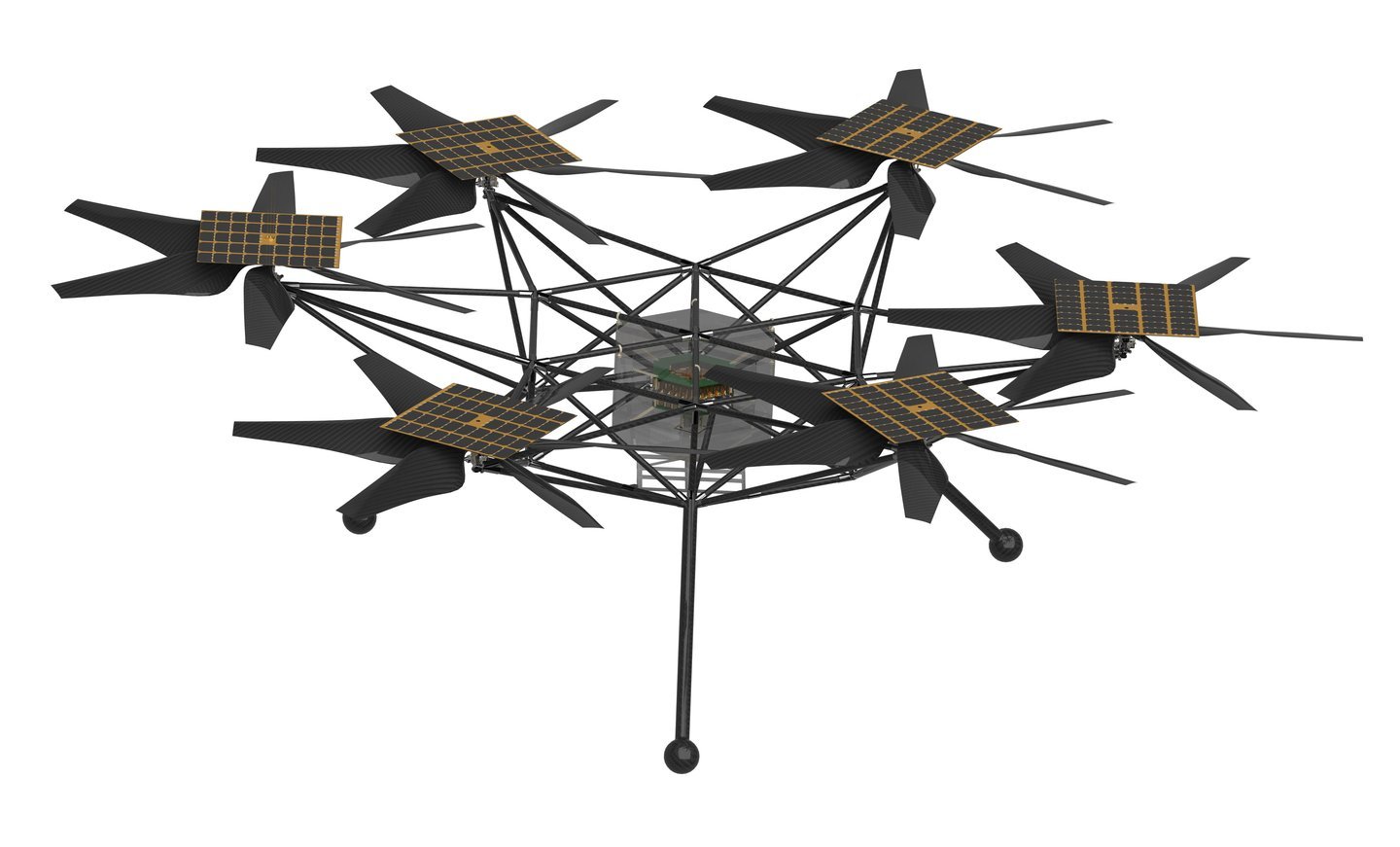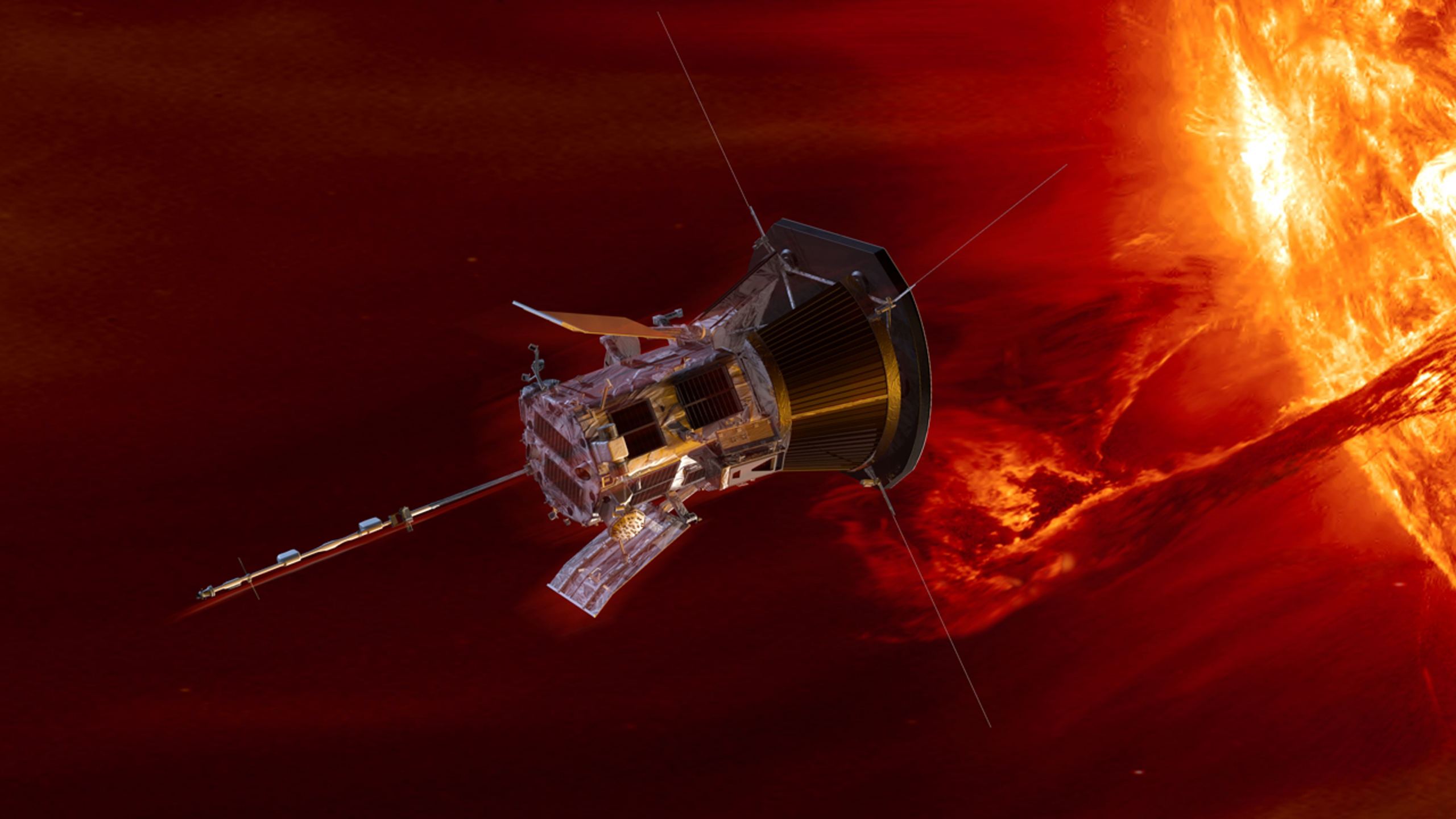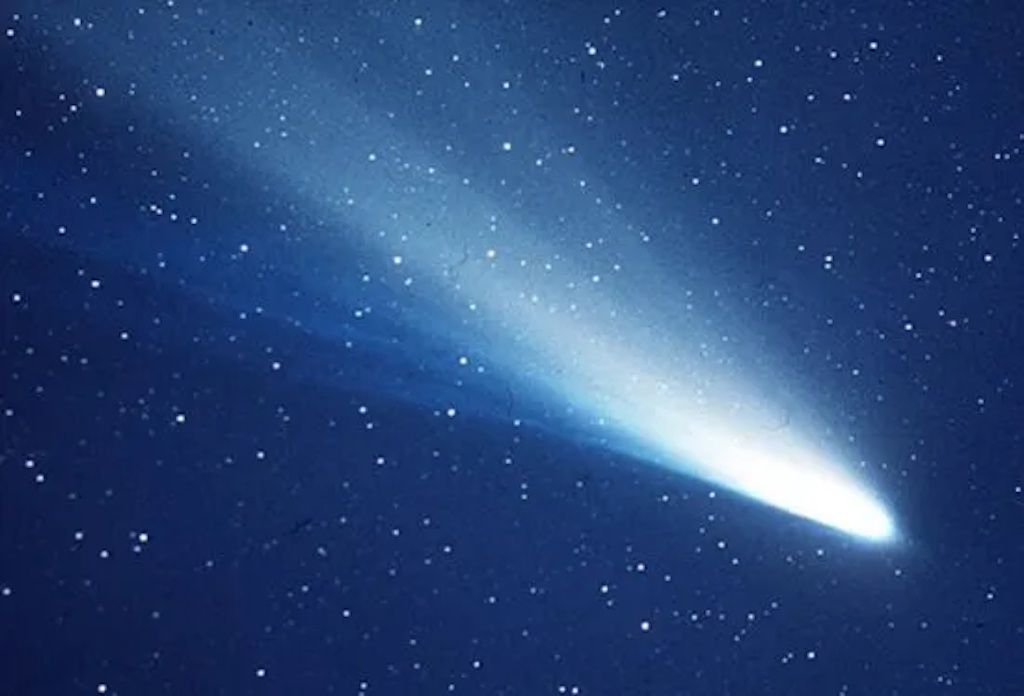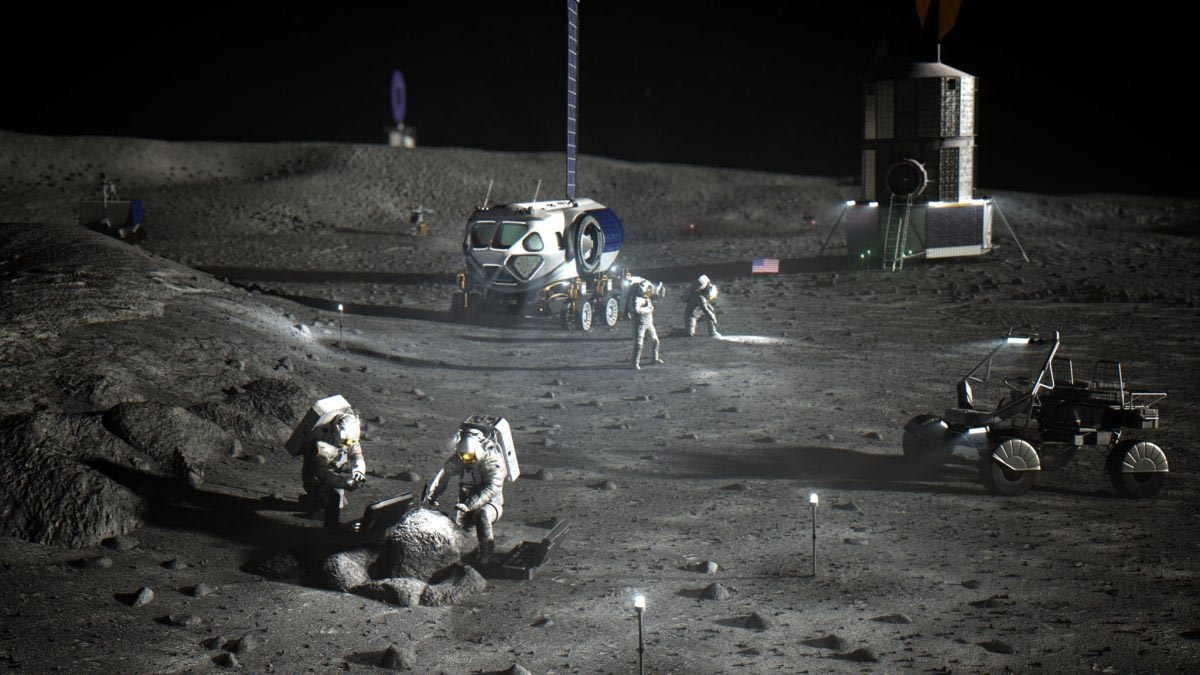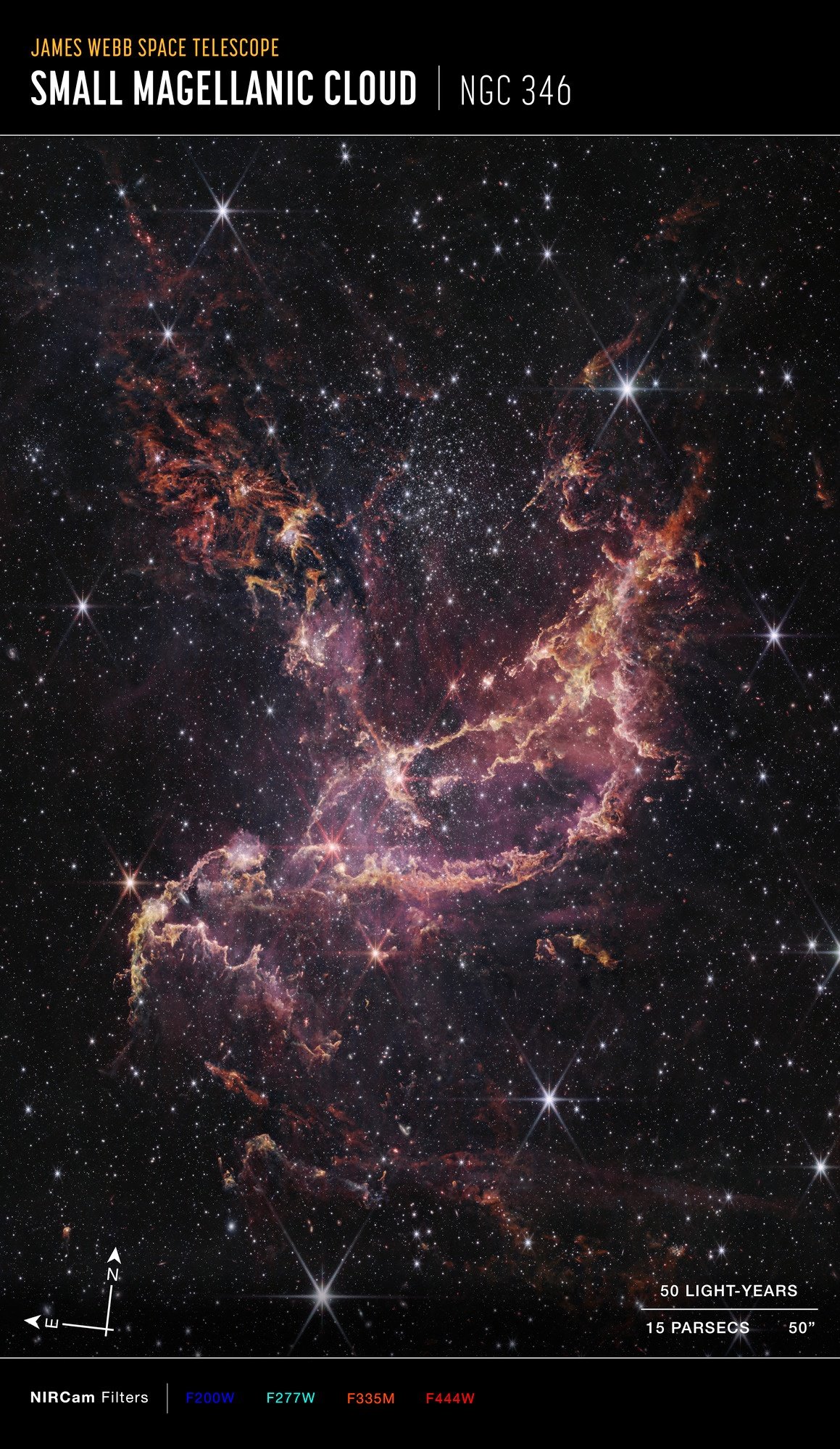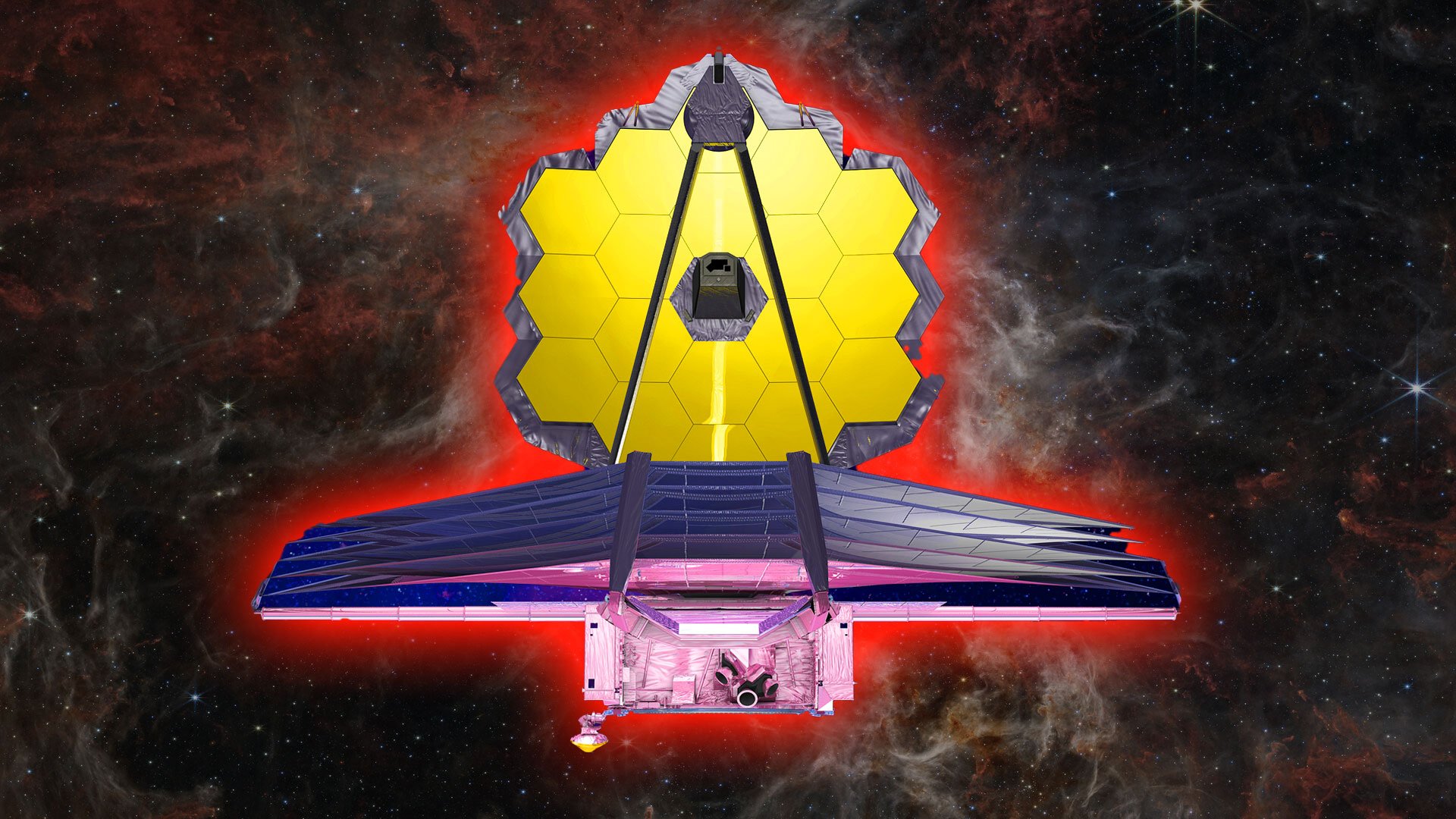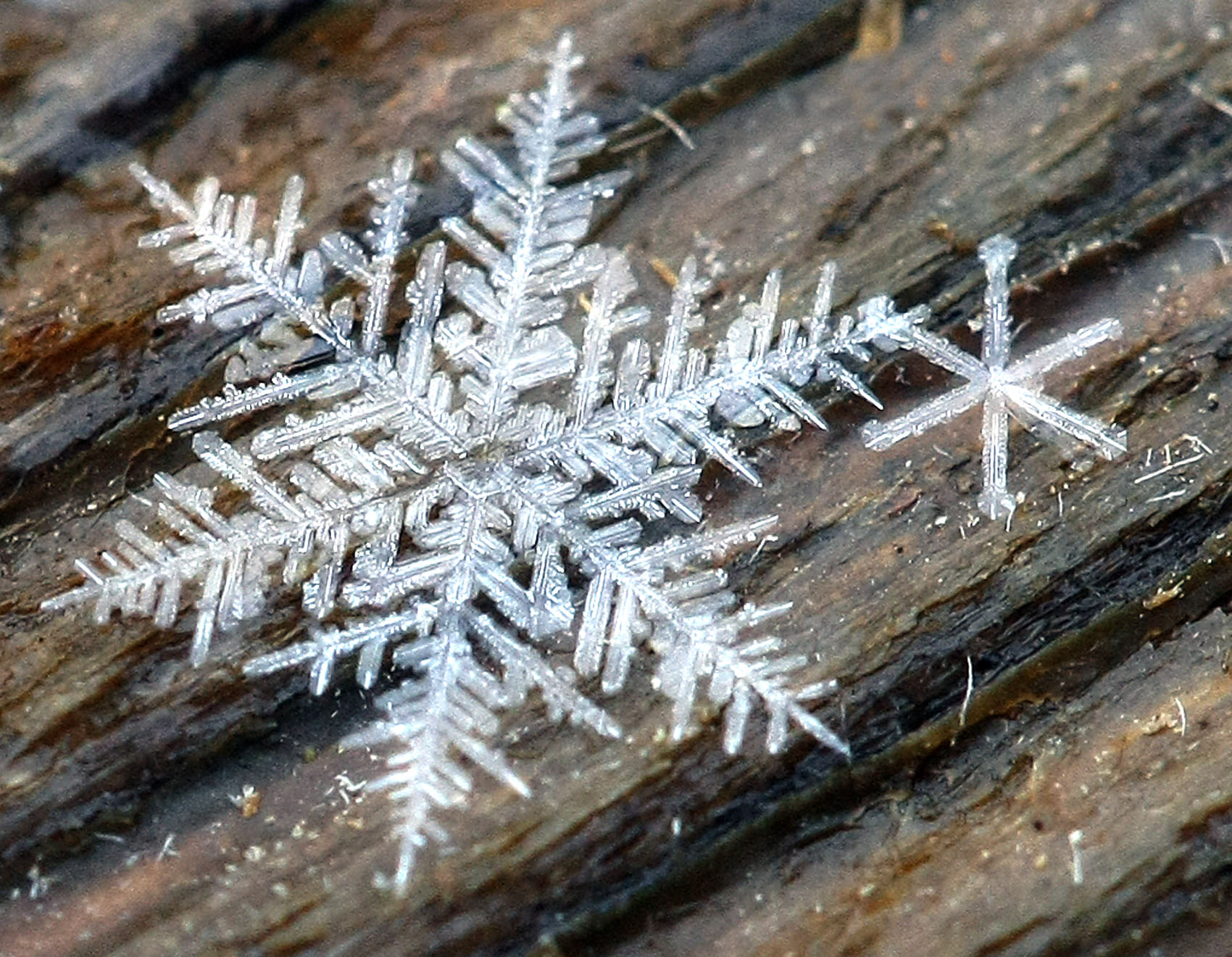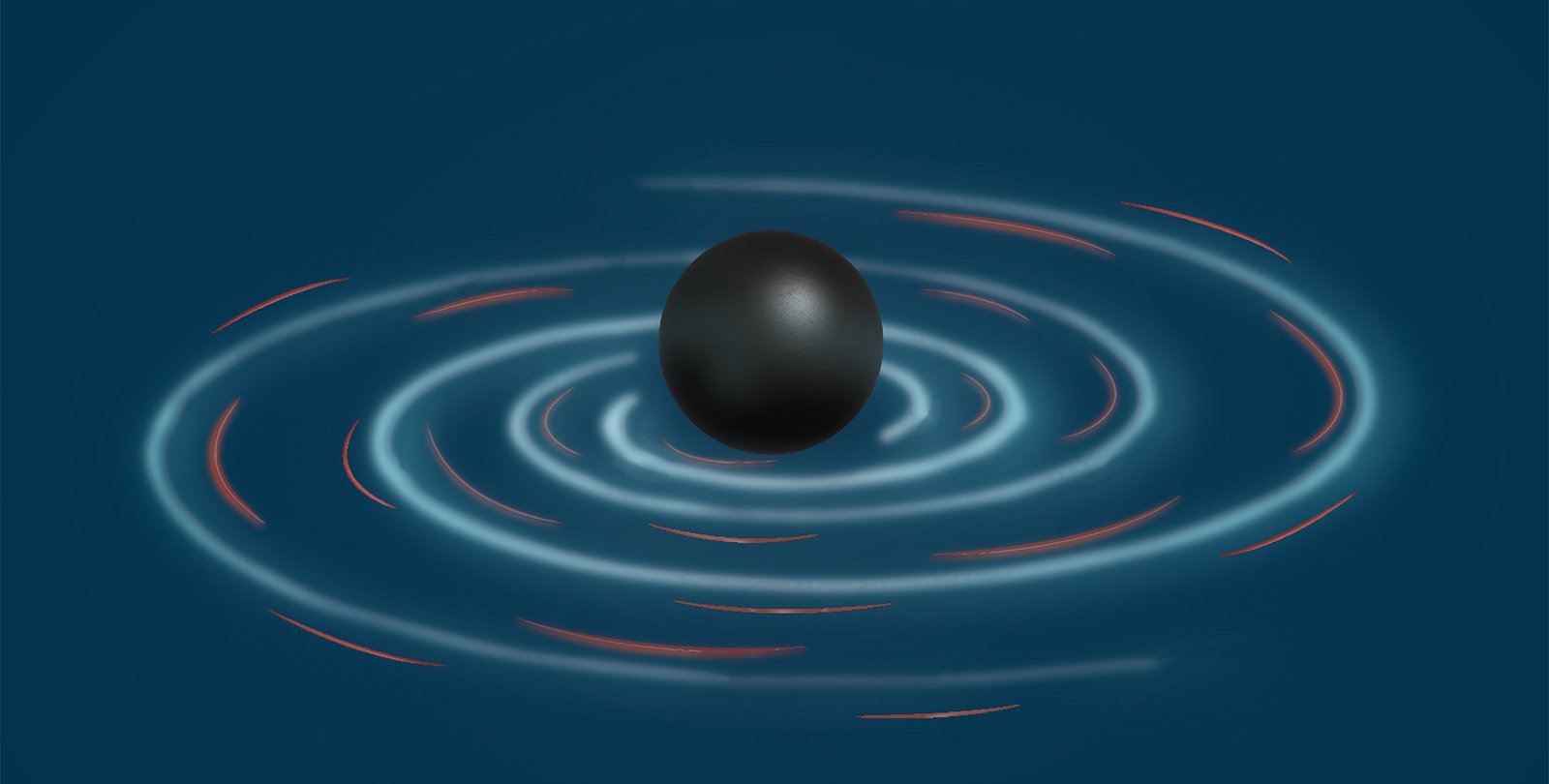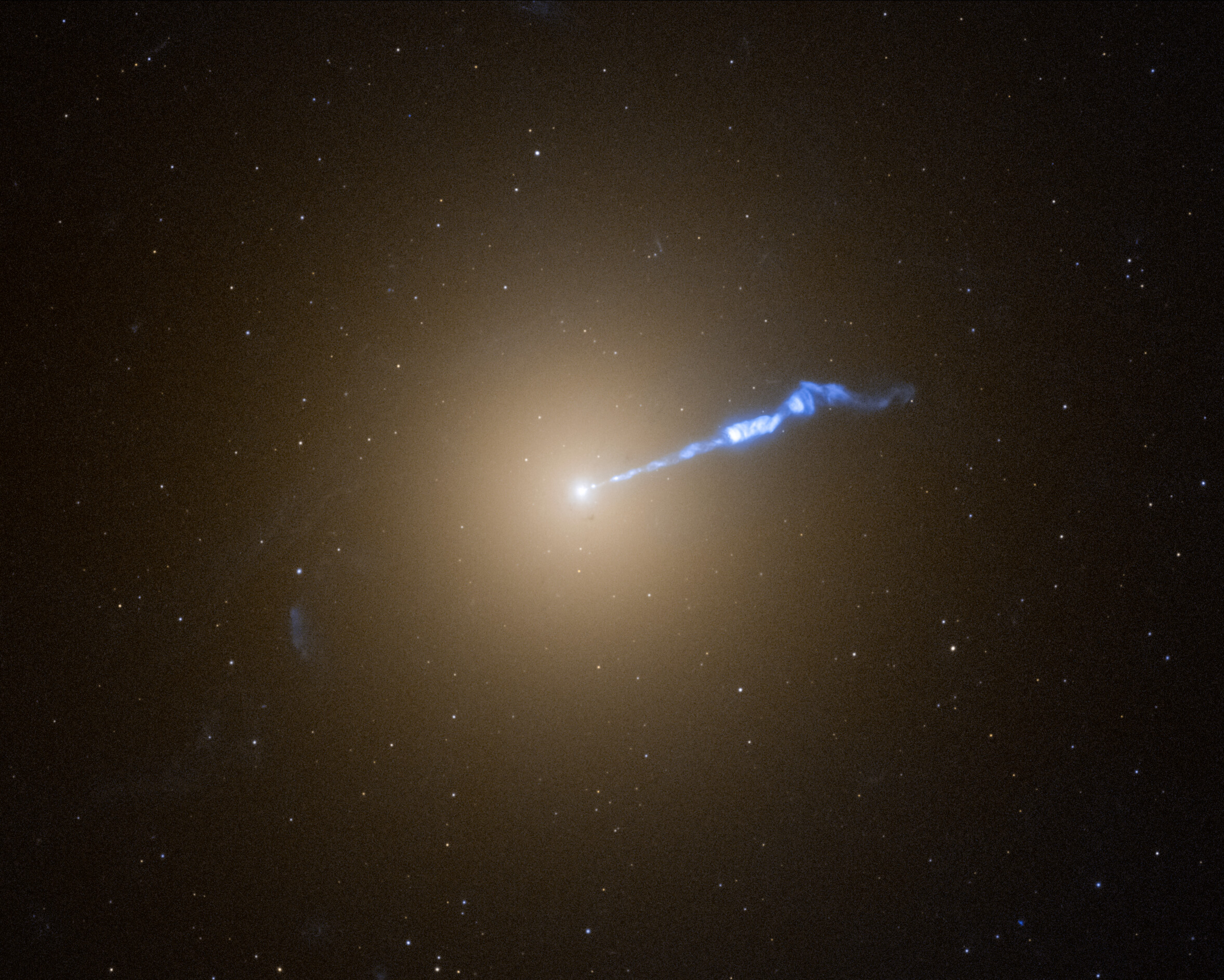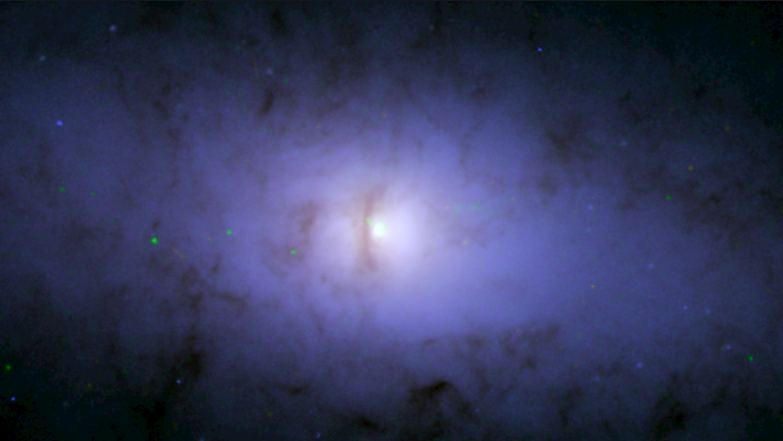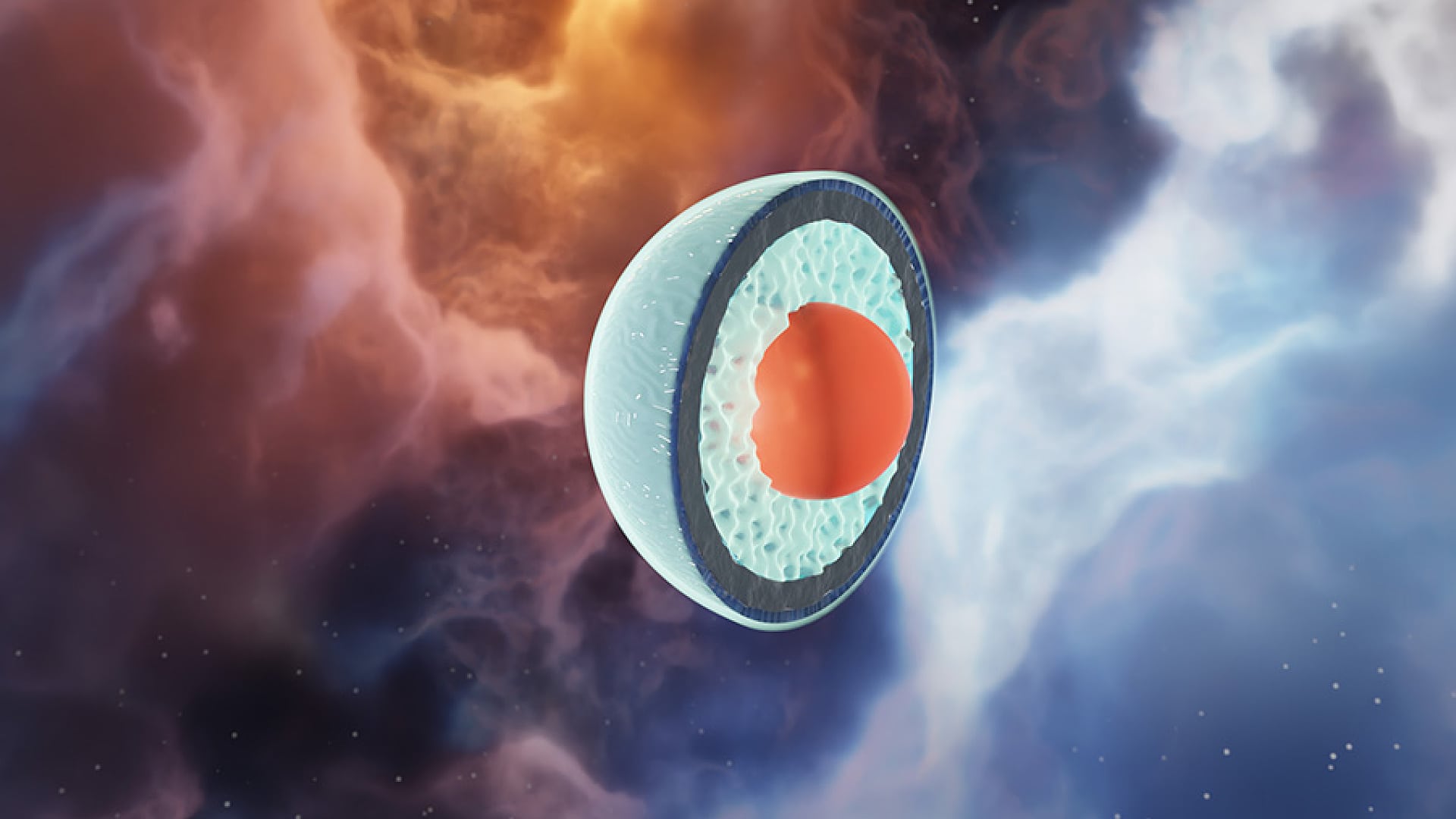
Theoretically a neutron star could have less mass than a white dwarf. If these light neutron stars exist, we might detect them through the gravitational waves they emit during a cataclysmic merger with another star.
Continue reading
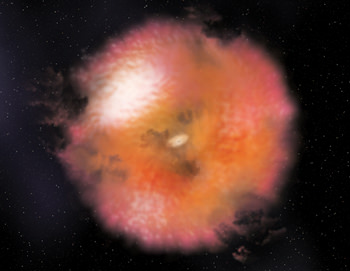
A current mystery in astronomy is how supermassive black holes gained so much heft so early in the Universe. Black holes have been seen in the first billion years after the Big Bang with hundreds of millions of solar masses, defying current models of their growth. Now, astronomers have a clue. They observed a bright jet coming from a type of supermassive black hole called a blazar, which interacts with surrounding gas, helping to drive it into the maw of the black hole.
Continue reading
